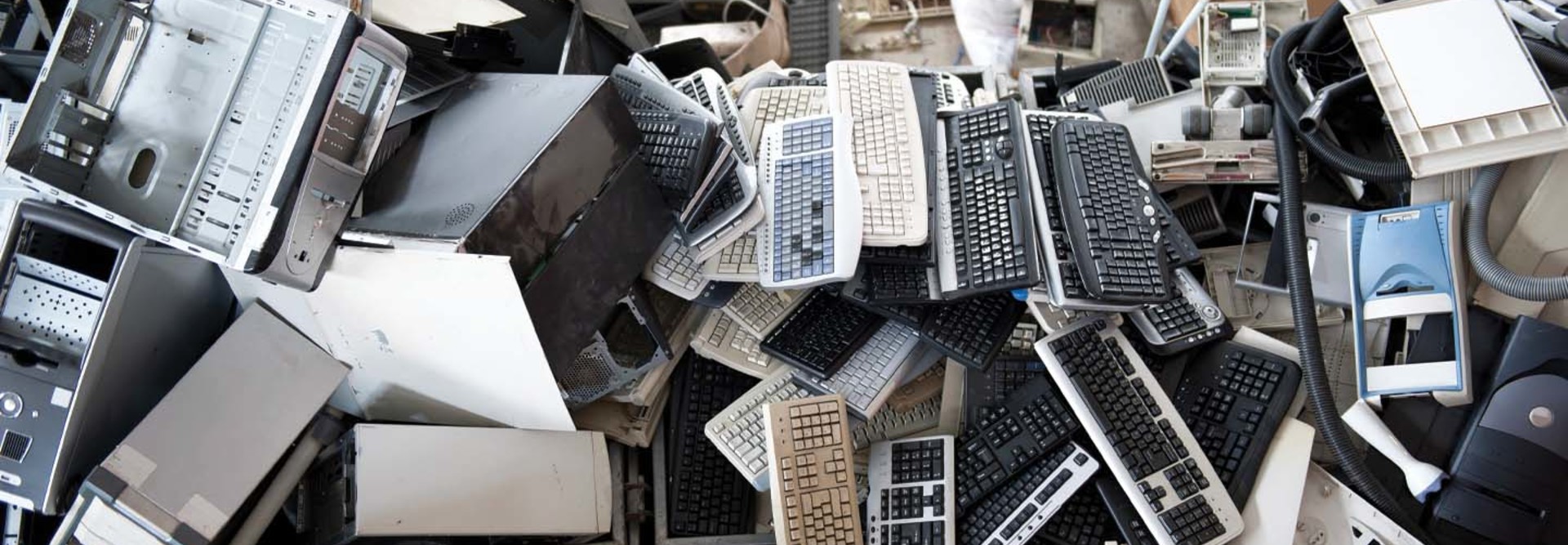Planning for Device Recycling Starts Long Before End-of-Life Arrives
The last thing university administrators want to do is turn a major investment, such as the ever-growing collection of technologies in their possession, into piles of decommissioned devices that have reached the end of their useful life. It’s bad for business, it’s bad for the environment, and it’s a wasted opportunity to think creatively about how to give those devices new life.
One of the most straightforward ways to handle device end-of-life is to participate in device recycling and sell back devices for a small financial return. But if institutions don’t have good visibility into the devices they currently own and operate, those returns can be hard to realize.
Device management programs, such as those through Jamf or Windows Autopilot (a feature of Microsoft Intune), offer an array of benefits throughout a device’s lifecycle. Those benefits start with zero-touch deployment and imaging, which take a burden off IT departments, and include asset tagging to help IT teams track who is using which device, what their permissions are and when devices are approaching end of life. There are additional services available through technology partners, including CDW, that promise to fully wipe devices when they are decommissioned, as well as services to help institutions receive cash or credit for their recycled tools.
Having information from a device management platform is a key but sometimes overlooked factor in what happens when a device is taken out of commission. The visibility provided by device management platforms allows universities to know what sensitive information might be contained on the laptop or tablet that must be cleaned up before it can be retired.
Where repurposing devices is an option, the chief concern is the security and integrity of the organization’s data. Using the tried-and-true method of smashing the hard drive to bits is great for security but not so much for reuse. Failing to fully excise data from every corner of the device’s hardware, meanwhile, could crack open a door to bad actors looking for any vulnerabilities through which to attack. Higher education remains a frequent target of these cybercriminals.
No matter what you’d like to do with end-of-life devices, what is possible often depends on state regulations for electronic recycling in general — and rules for higher education institutions specifically — so be sure you’re up to date on the latest policies in your state.
Community Connections Can Increase Applications and Enrollment
Universities that are able to repurpose devices can start internally by using older technology as loaners for students who may not have access to devices or by passing down technology from departments or individuals who require high-powered machines to those who need less computing power. Institutions can also use desktop virtualization to connect older devices to a campus network with access to the latest software.
Universities also have the option of reaching outside campus and making an impact on the local community. Programs that send devices from higher ed institutions to their K–12 counterparts can give a huge boost to local school districts and students, many of whom face their own financial and technological challenges. Community colleges have proved especially effective at doing this.
Programs like these engender goodwill and can reinforce the relationship between a college and its surrounding community. We’ve seen this work with esports, and as long as proper security measures are taken, there’s no reason devices can’t be repurposed to tangibly benefit younger students. That, in turn, can create a better educated student population from which the college or university might draw future applicants, and promote a bond between potential students and the institution they may one day attend.
At a time where enrollments have dropped and interest in higher education is waning — with a looming enrollment cliff on the horizon — those good feelings could go a long way toward securing a university’s viability for generations to come.
UP NEXT: Can technology help community colleges avoid the enrollment cliff?
This article is part of EdTech: Focus on Higher Education’s UniversITy blog series.












